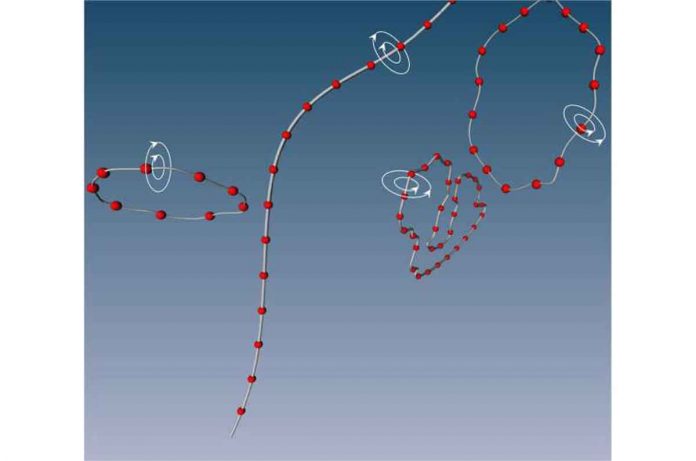Scientists from the Graduate School of Engineering Science at Osaka University have shown how silicon nanoparticles can become trapped inside the vortices that form inside superfluid helium. This work opens up new possibilities in optical research for other quantum properties of superfluid helium.
The rules of quantum mechanics may seem very foreign to us with particles that sometimes act like waves and vice versa. We expect weird quantum behavior to be limited to very small scales. When certain materials, are cooled to very low temperatures, the waviness has effects that are apparent even at the macroscopic scales.
This “supercooled” helium is an example of Bose-Einstein condensation. The waves representing the atoms overlap until the whole fluid acts almost like a single particle. This process has no classical analog and is a useful system for testing theories of quantum mechanics. Because the transition to a superfluid in helium-4 occurs at relatively accessible temperatures. There is still a need to be able to visualize the motion of the superfluid.
A team of researchers led by Osaka University has used silicon nanoparticles to help show the features of superfluid helium which is similar to throwing pebbles to help visualize the flow of water in a waterfall. One of the special properties of superfluid helium is that any rotational motion can only occur in the form of quantized vortices. These are tiny whirlpools that each carry a fixed amount of angular momentum.
The scientists used the nanoparticle technique to study the process of vortex reconnection. Because of the light scattering from the nanoparticles, the vortex lines were clearly visible.
Studying quantized vortices in superfluid helium may help scientists better understand more exoteric quantum systems.

